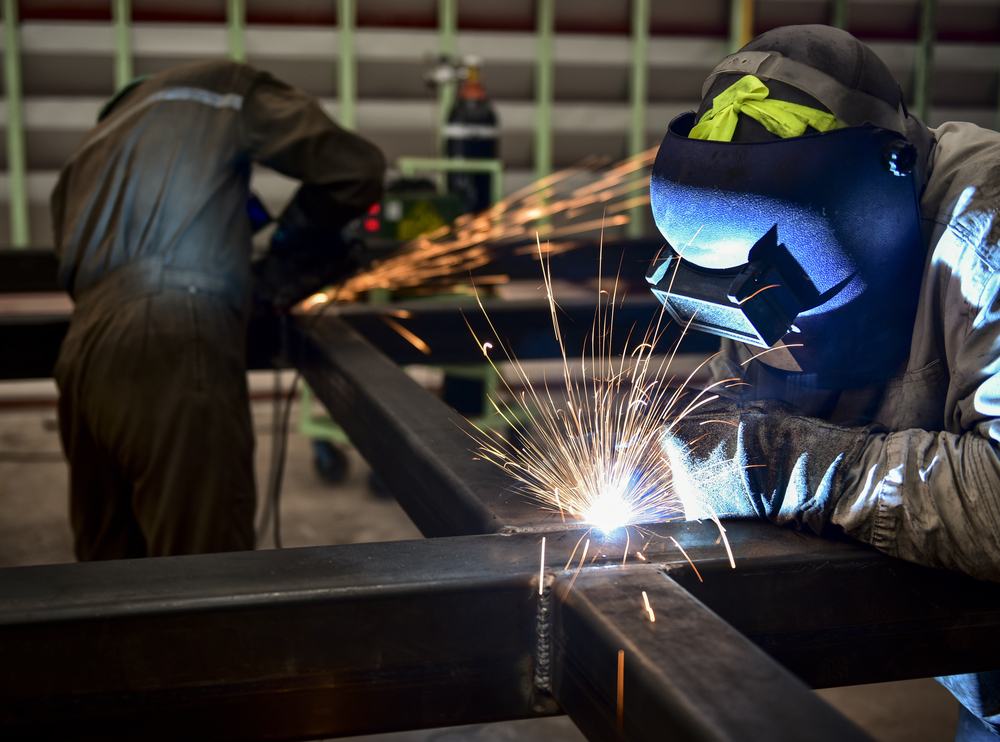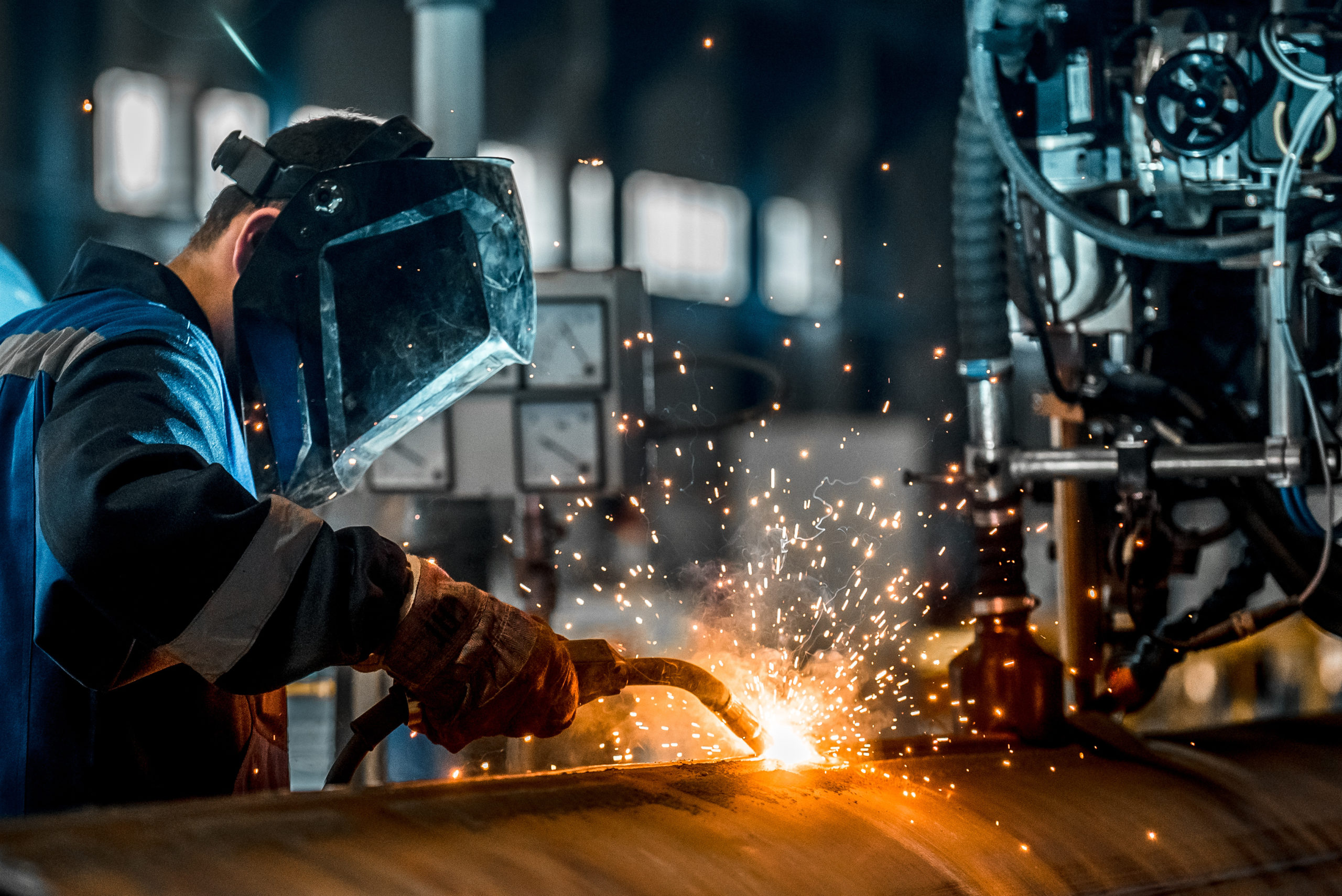Typical Welding Repair Service Issues and How to Address Them Effectively
Welding fixings commonly experience a variety of issues that can threaten the integrity of the last product. Typical troubles consist of insufficient penetration, porosity, and misalignment, to name a few. Each flaw provides special difficulties that need particular approaches for resolution. Comprehending these issues is necessary for welders intending to improve their outcomes and skills. This conversation will certainly check out these typical welding repair issues and efficient methods to address them.
Inadequate Penetration
Insufficient penetration occurs when the weld steel fails to fully fuse with the base product, causing weak joints and prospective structural failures. This problem usually comes from insufficient heat input, inaccurate electrode angle, or inappropriate welding speed. Welders may come across insufficient infiltration due to a miscalculation of the essential specifications for a certain product thickness or type. In addition, contamination on the base product's surface area can hinder effective bonding, intensifying the trouble. To attend to poor penetration, welders ought to assure suitable settings on their tools and maintain a clean job surface area. Routine inspection of welds is suggested to determine any shortages early, permitting for timely modifications and the prevention of jeopardized architectural stability in bonded settings up.
Porosity
Porosity is an usual issue in welded joints that manifests as little gas bubbles caught within the weld steel. This defect can endanger the stability of the weld, resulting in minimized stamina and possible failure under tension. Montana Mobile Welding and Repair. Porosity commonly emerges from contamination, dampness, or inappropriate welding strategies, which allow gases to leave right into the molten weld swimming pool. To deal with porosity, welders must assure appropriate surface area preparation, maintain a tidy workplace, and use suitable welding parameters. In addition, choosing the appropriate filler product and shielding gas can mitigate gas entrapment. Regular inspection and screening of welds can help determine porosity early, assuring prompt restorative activities are taken, therefore preserving the high quality and dependability of the welded framework
Misalignment
Misalignment in welding can develop from different factors, consisting of inappropriate configuration and thermal growth. Understanding the origin is essential for effective resolution. Numerous adjustment methods are offered to realign components and assure structural honesty.
Reasons of Misalignment
Welding misalignment usually comes from a range of underlying problems that can endanger structural honesty. One main reason is improper fit-up of parts before welding, which can result in gaps and irregular surface areas. Variants in thermal growth during the welding process can additionally lead to distortion, specifically if the materials being signed up with have various coefficients of expansion. In addition, poor securing and fixturing may fail to hold elements safely in area, causing motion throughout welding. Badly conserved equipment, consisting of welding devices and devices, may introduce incongruities in the weld bead, further adding to misalignment. Ultimately, driver mistake, coming from insufficient training or experience, can additionally play a substantial role in producing misaligned welds.
Adjustment Strategies Readily Available
Dealing with misalignment effectively needs a mix of restorative methods customized to the particular issues handy. One common approach is the usage of jigs or fixtures to hold parts in the appropriate position during welding, ensuring consistent alignment. Additionally, pre-heating the materials can help in reducing distortion and enhance fit-up. For significant imbalance, mechanical adjustment methods, such as using hydraulic jacks or clamps, can be employed to fix the placement prior to welding. Post-weld warmth treatment may also be necessary to eliminate stress and anxieties brought on by misalignment. Lastly, careful examination and modification throughout the arrangement phase can prevent imbalance concerns from becoming substantial problems, promoting a smoother welding procedure and improving general architectural stability.
Distortion
Distortion is an usual challenge in welding that can emerge from different aspects, including uneven cooling and heating. Understanding the reasons for distortion is necessary for executing reliable prevention techniques. Resolving this issue not only improves structural integrity yet additionally enhances the overall high quality of the weld.
Causes of Distortion
When based on the intense heat of welding, materials typically go through modifications that can lead to distortion. This phenomenon largely occurs from thermal development and contraction during the welding process. As the weld area warms up, the material expands; upon cooling, it gets, which can develop inner stress and anxieties. Additionally, uneven heating throughout a work surface can aggravate these tensions, causing warping or bending. The kind of material additionally plays a significant function; steels with differing thermal conductivity and coefficients of expansion might react differently, leading to unpredictable distortions. Bad joint layout and poor fixturing can add to imbalance during welding, boosting the probability of distortion. Recognizing these causes is essential for reliable welding repair work and prevention techniques.
Avoidance Techniques
Effective avoidance strategies for distortion during welding concentrate on managing heat input and guaranteeing correct joint layout. Preserving a consistent warm input aids to decrease thermal growth and tightening, which can bring about distortion. Using strategies such as preheating the workpiece can also decrease the temperature level slope, promoting consistent home heating. Furthermore, choosing ideal joint styles, such as T-joints or lap joints, can improve stability and decrease stress concentrations. Applying correct fixturing to safeguard the workpieces in location better aids in preserving placement throughout the welding process. Staggered welding sequences can distribute warm more uniformly, preventing localized distortion. By using these techniques, welders can substantially reduce the chance of distortion and enhance the total quality of their welds.
Cracking
Fracturing is a typical concern visit the website come across in welding fixings, usually arising from numerous variables such as improper cooling prices, product option, or poor joint preparation. The incident of cracks can considerably compromise the honesty of the weld, bring about possible failings throughout operation. To address this problem, welders have to initially evaluate the source, making sure that materials work and appropriately picked for the details application. Furthermore, controlling the cooling price during the welding process is essential; quick air conditioning can generate anxiety and bring about fracturing. Proper joint style and preparation likewise add to decreasing the threat. Executing these strategies can enhance weld top quality and resilience, eventually lowering the possibility of cracking in completed weldments.

Insufficient Fusion
A considerable concern in welding repair work is incomplete fusion, which happens when the weld metal does not effectively bond with the base material or previous weld passes - Montana Mobile Welding and Repair Belgrade Welding. This defect can lead to weak points in the joint, potentially compromising the integrity of the welded framework. Variables adding to insufficient fusion include insufficient heat input, inappropriate welding method, and contamination of the surfaces being signed up with. To address this issue properly, welders ought to ensure correct pre-weld cleansing and surface prep work, along with change their welding criteria to accomplish appropriate penetration and combination. Regular assessment during the welding procedure can also help recognize incomplete fusion early, permitting timely rehabilitative steps to enhance the overall quality of the weld
Overheating
While welding repair services can boost architectural integrity, overheating offers a considerable difficulty that can lead to product degradation. Too much warm throughout welding can change the mechanical residential or commercial properties of steels, leading to reduced strength, boosted brittleness, and warping. This sensation is specifically crucial in high-stress applications where structural reliability is extremely important. Determining getting too hot can include aesthetic examinations for staining or distortion, as well as keeping an eye on temperature during the welding procedure. To mitigate the risks related to overheating, welders ought to use appropriate strategies, such as managing warmth input, adjusting travel speed, and using appropriate filler products. In addition, applying pre- filler wire and post-weld heat treatments can aid restore product properties and boost the general top quality of the repair, ensuring long-term efficiency and safety.
Often Asked Concerns
What Are the Common Signs of a Welding Issue?

Just How Can I Evaluate My Welds for High quality?
To examine welds for high quality, one can make use of aesthetic examinations, ultrasonic screening, and radiographic techniques. Each method ensures structural integrity, determines issues, and confirms adherence to defined standards, eventually improving the integrity of the welded joints.
What Safety Preventative Measures Should I Take While Welding?
When welding, one need to focus on security by putting on suitable individual safety devices, guaranteeing correct air flow, protecting combustible materials away, keeping a clean work area, and being conscious of surroundings to avoid mishaps and injuries.
Can I Repair a Weld Without Renovating the Entire Joint?
Repairing a weld without redoing the entire joint is possible, depending upon the damages (Montana Mobile Welding and Repair Welding). Methods such as grinding, including filler material, or utilizing a welding procedure can efficiently attend to certain defects while maintaining the bordering structure
What Equipment Are Important for Reliable Welding Services?
Vital tools for reliable welding repair work consist of a welding equipment, cord brush, grinder, safety gear, clamps, and filler materials. Each see this page device plays a crucial function in making sure quality and safety and security throughout the fixing process. Porosity usually emerges from contamination, wetness, or incorrect welding techniques, which allow gases to get away right into the molten weld pool. Badly maintained devices, including welding machines and devices, might introduce disparities in the weld bead, more adding to imbalance. When subjected to the extreme warm of welding, materials commonly undertake modifications that can lead to distortion. Splitting is a common concern encountered in welding fixings, often resulting from numerous variables such as improper air conditioning prices, product selection, or poor joint prep work. A considerable concern in welding repair services is incomplete combination, which happens when the weld steel does not effectively bond with the base product or previous weld passes.